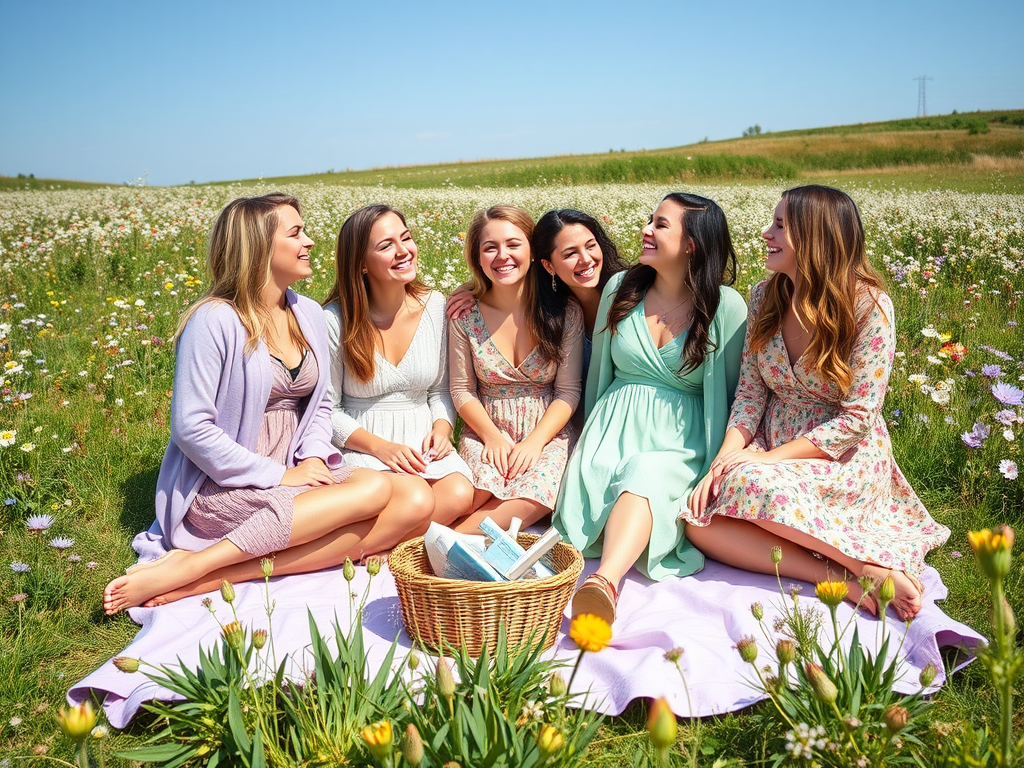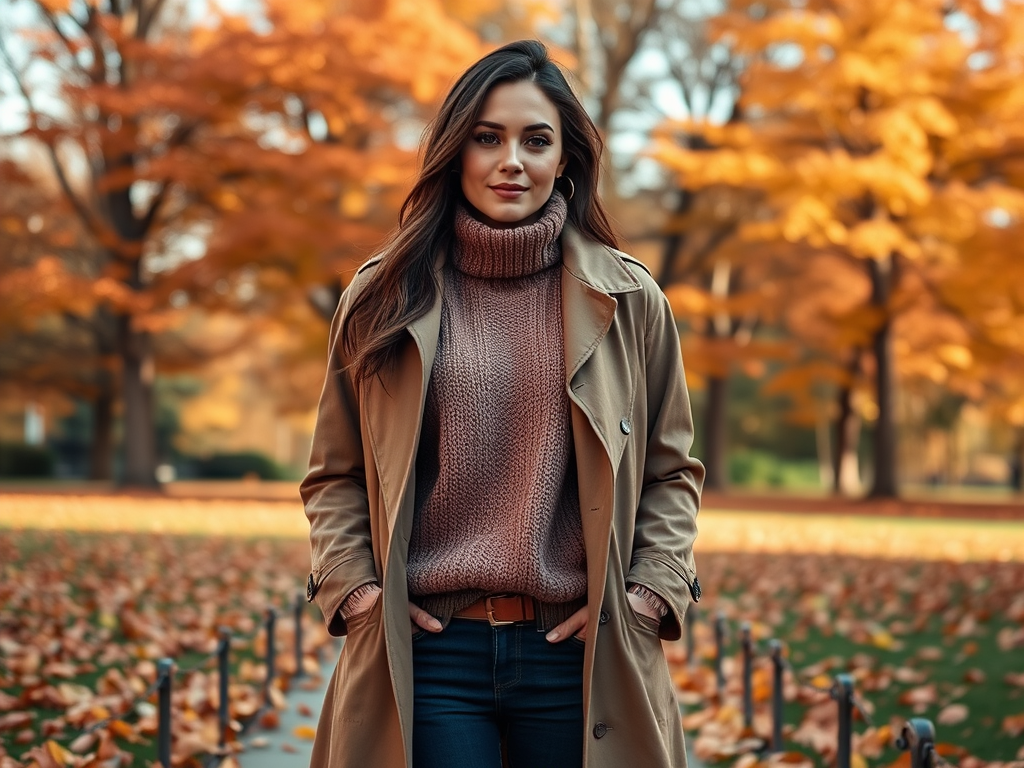Building a versatile wardrobe that transitions smoothly through the seasons can be a daunting yet rewarding task. It allows for personal expression while adapting to varying weather conditions. Every season comes with unique characteristics that influence our clothing choices, from fabric selection to color palettes. You may find yourself pondering what to wear when the seasons change, and that’s where strategic layering and thoughtful outfit construction come into play. Understanding how to craft outfits tailored to winter, spring, summer, and fall is key to maintaining a stylish appearance throughout the year. In the following sections, we will delve into the essentials you need for each season and how to mix and match them effectively.
Understanding Seasonal Fashion

Selecting the right fabric is vital when building outfits for each season. Different materials offer varying levels of comfort and function, making fabric choices essential. For winter, heavier fabrics like wool and fleece prevail, providing warmth during chilly weather. In spring, lighter cotton and linen enable breathability as temperatures begin to rise. Summer outfits should be constructed using breathable fabrics like chambray and jersey to keep you cool and comfortable under the sun. Lastly, fall welcomes back cozy textures like tweed and knit, perfect for layering during the crisp months.
Understanding the characteristics of different fabrics can help you select clothing that fits the season while adding a stylish element to your outfits. By choosing the right materials, you’ll find that comfort and fashion go hand in hand, enhancing your overall look and feel.
Building a Winter Wardrobe

A well-rounded winter wardrobe is built on versatile layers and essential pieces that can be combined to create various outfits. The key to dressing stylishly in winter is to ensure you have the following items in your closet:
- A warm, stylish coat
- Chunky knit sweaters
- Scarves to add color and warmth
- Stylish, insulated boots
Essential Winter Pieces
To stay fashionable and functional during winter, think about fabrics that insulate while still looking chic. It’s beneficial to invest in high-quality materials that last, making your wardrobe both practical and durable. Additionally, choosing colors that reflect the beauty of winter can elevate your looks, even in the coldest months.
Layering Techniques
Layering is essential in winter to balance warmth and style seamlessly. Start with a base layer that is thermal but comfortable, which serves as your foundation. Next, add a chunky sweater for extra insulation, followed by a stylish coat to complete the look. Accessories like scarves and gloves not only enhance your outfit but also inject a personal touch. Remember to mix textures, which adds depth and interest to your winter ensembles.
Crafting Spring Outfits
Spring fashion is all about freshness and renewal. As temperatures rise, bright colors and floral patterns become a staple in many wardrobes. Incorporating pastel tones can greatly uplift your mood and brighten your outfits. Lightweight layering is also key, offering versatility as the weather fluctuates. You may find yourself dressing in the morning and needing to adjust as the day progresses. For this reason, consider adding the following lightweight layers to your wardrobe:
- Cardigans for easy layering
- Long-sleeve shirts for moderate temperatures
- Lightweight jackets that can be swiftly donned or removed
Creating a Summer Wardrobe
During summer, comfort becomes paramount. With rising temperatures, breathable materials should be your go-to. You want to opt for outfits that not only look good but also feel great in the heat. Must-have summer staples include:
| Summer Staples | Purpose |
|---|---|
| Tank tops | Keep you cool and comfortable |
| Maxi dresses | Versatile for day or evening wear |
| Shorts | Easy, casual, and stylish |
| Sandals | Essential for warm weather |
As you build your summer outfits, don’t forget stylish accessories to complete your look. Sunglasses protect your eyes, while a wide-brimmed hat provides additional shade and flair. Light wraps or kimonos enhance your outfit for evening outings without overheating.
Styling Outfits for Fall
Fall is a season filled with warmth, both in temperature and color. As the leaves turn, your wardrobe should reflect these rich earthy tones. Think burgundy, deep greens, and soft browns to create a cozy aesthetic. The essential pieces for an autumn wardrobe include:
- Light sweaters for layering
- Trench coats to block the chill
- Boots that provide both style and warmth
- Scarves that can be wrapped or draped
To elevate your fall looks, embrace varied textures like suede, leather, and wool. These materials will not only keep you warm as temperatures drop but will also enhance the visual interest and depth of your outfits. Layering different textures can lead to a more sophisticated appearance that stands out.
Conclusion
In conclusion, building outfits for every season involves understanding the nuances of each season alongside personal style preferences. By thoughtfully selecting essential pieces and mastering layering techniques, you can create versatile looks that transition smoothly through the year. Embrace fabric choices that enhance both style and comfort, while being open to experimenting with colors and textures. You’ll find that dressing according to the season can be both enjoyable and expressive, helping you feel confident and stylish no matter the weather.
Frequently Asked Questions
- What are the must-have items in a seasonal wardrobe?
- Winter: Warm coat, chunky sweaters, boots
- Spring: Cardigans, lightweight jackets, floral dresses
- Summer: Tank tops, shorts, sandals
- Fall: Trench coats, light sweaters, scarves
- How can I layer outfits effectively?
- Start with a base layer for thermal comfort.
- Add a mid-layer for warmth or style.
- Finish with an outer layer if needed. Accessories can add dimension and interest.
- What colors should I consider for each season?
- Winter: Dark and rich colors
- Spring: Pastels and florals
- Summer: Bright colors and whites
- Fall: Earthy tones and warm hues
- How can I incorporate trends into my seasonal outfits?
- Select one to two trendy pieces each season.
- Balance them with classic staples to maintain a cohesive look.
